What to Expect in a School-Based ABA Therapy Session
Exploring the Dynamics of ABA Sessions in Educational Settings
Understanding School-Based ABA Therapy
Applied Behavior Analysis (ABA) therapy is a widely recognized approach designed to support students with autism spectrum disorder (ASD) and other developmental needs in school environments. This therapy aims to enhance academic and behavioral outcomes through carefully structured sessions. Here, we delve into what parents, educators, and caregivers can expect from a school-based ABA therapy session.
The Role and Structure of School-Based ABA Therapy
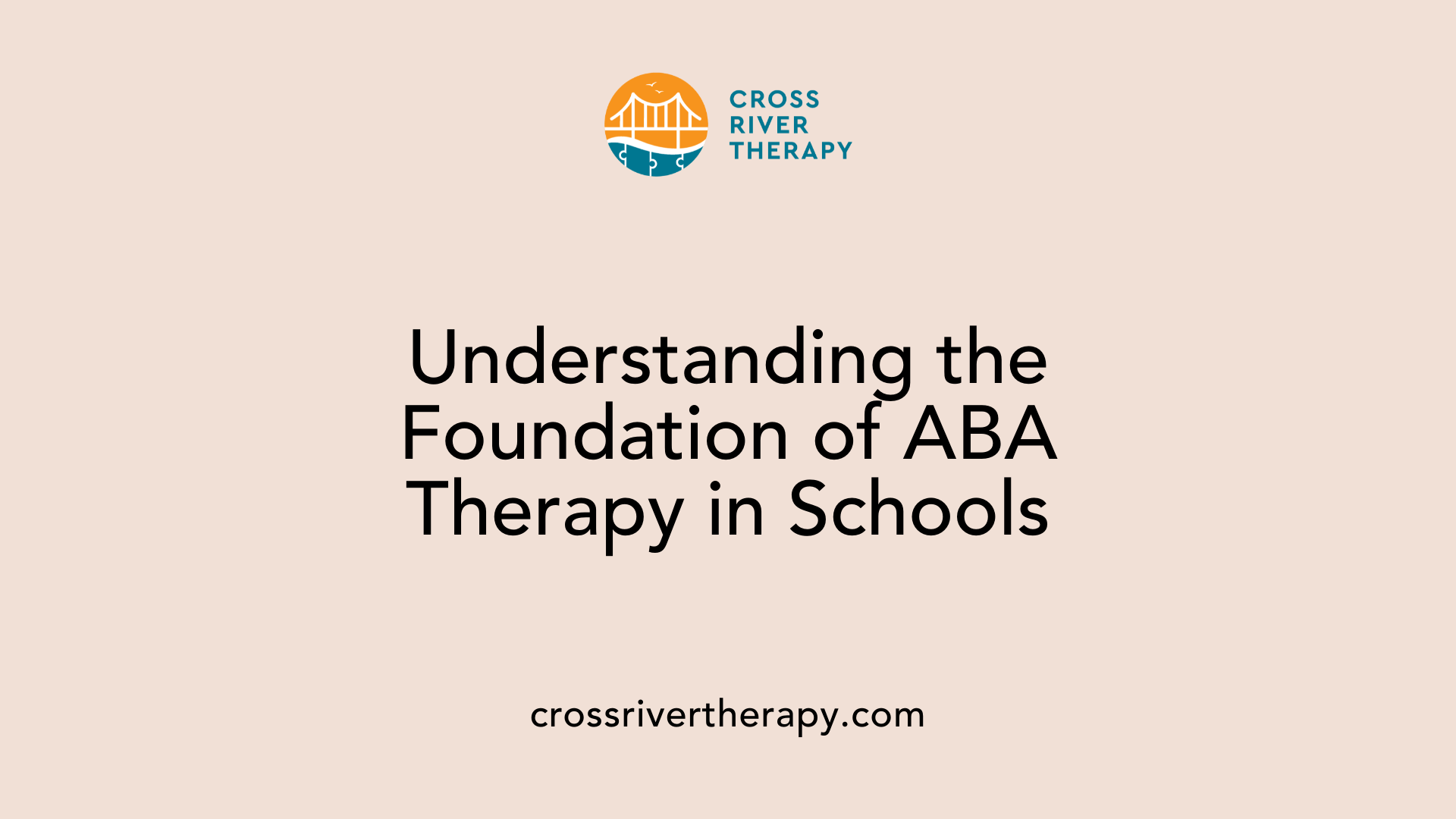
What is school-based ABA therapy?
School-based ABA therapy is a specialized approach designed to support students with autism and other developmental needs within the educational environment. This therapy focuses on enhancing academic skills, improving behavioral challenges, teaching social skills, promoting independence, and aiding transitions between different school settings.
Structure of ABA sessions in schools
Sessions usually start with a warm-up to help the child relax. Activities are assigned based on individualized treatment plans developed from an initial assessment by a trained behavior analyst. Through techniques such as Discrete Trial Training (DTT) and Natural Environment Teaching (NET), complex skills are broken down into manageable parts or integrated into everyday contexts. Therapists employ positive reinforcement to encourage desired behaviors, ensuring learning is both effective and enjoyable.
Purpose and goals of ABA therapy in educational environments
The primary aim of school-based ABA therapy is to build essential skills in areas like language, communication, and socialization while reducing challenging behaviors. Goals also include fostering independence and ensuring effective transitions between classes or grade levels. For a holistic approach, ABA therapists collaborate with school staff to create behavior intervention plans that align with each student's specific needs, showcasing the importance of individualized strategies.
Individualized treatment plans
Each therapy session is tailored to the child’s unique needs and preferences, reinforcing the principle of personalized care in ABA therapy. Parents are encouraged to engage actively in this process, as their insights help to bridge strategies from therapy to the home environment. Training for parents and teachers further enhances this collaboration, creating a comprehensive support system aimed at ensuring long-term success.
A Typical ABA Therapy Session
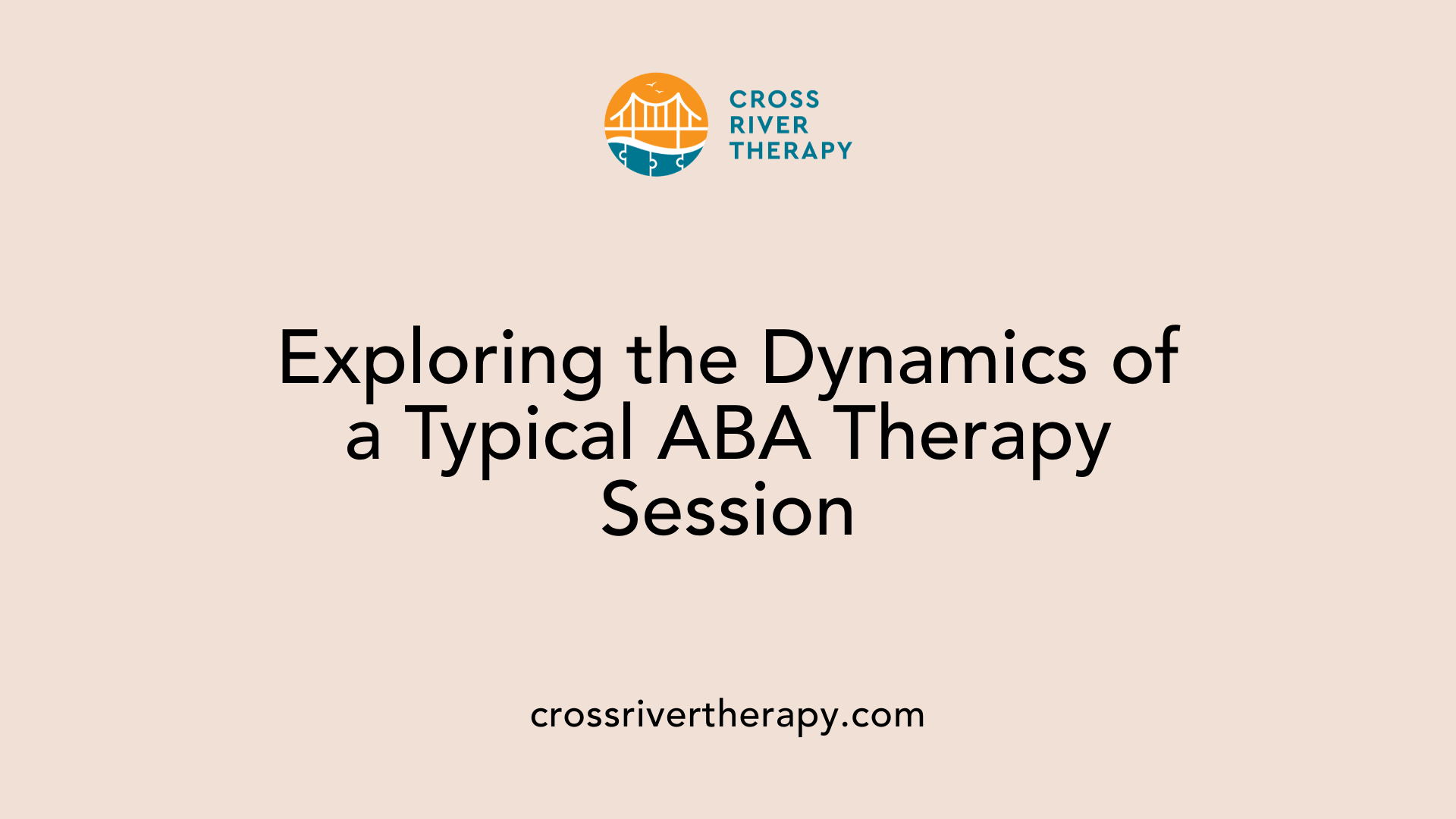
What does a typical ABA therapy session look like?
A typical ABA therapy session lasts between 2-3 hours and features structured activities designed to develop vital skills in children with autism spectrum disorder (ASD). Sessions proudly begin with warm-up activities, creating an inviting atmosphere where the therapist engages the child in favorite games or activities to build trust and comfort.
Warm-up activities
- Greeting: The session starts with a friendly greeting, essential for rapport-building.
- Engagement: The therapist might use toys, games, or simple activities to have the child relax and prepare for more focused tasks.
Skill development techniques
Activities are tailored to focus on specific skills like communication, social competencies, and self-care. Two primary techniques utilized are:
- Discrete Trial Training (DTT): This structured approach breaks down complex skills into smaller, manageable parts for effective learning.
- Natural Environment Training (NET): Promoting real-world application, NET incorporates learning through social interactions and play, encouraging the mastery of skills in everyday contexts.
Therapist-child relationship dynamics
The dynamics between the therapist and the child play a crucial role in the therapy experience. A strong bond fosters an environment of safety and positivity, helping the child feel comfortable to engage fully. Regular updates are communicated to parents about the child's progress, ensuring that support extends beyond the therapy sessions and into the home stretch.
Through a combination of focused learning and playful interaction, ABA therapy aims not only to enhance children’s skills but also to ensure they're receiving one-on-one tailored support that caters to their unique strengths and needs.
Common Activities in ABA Sessions
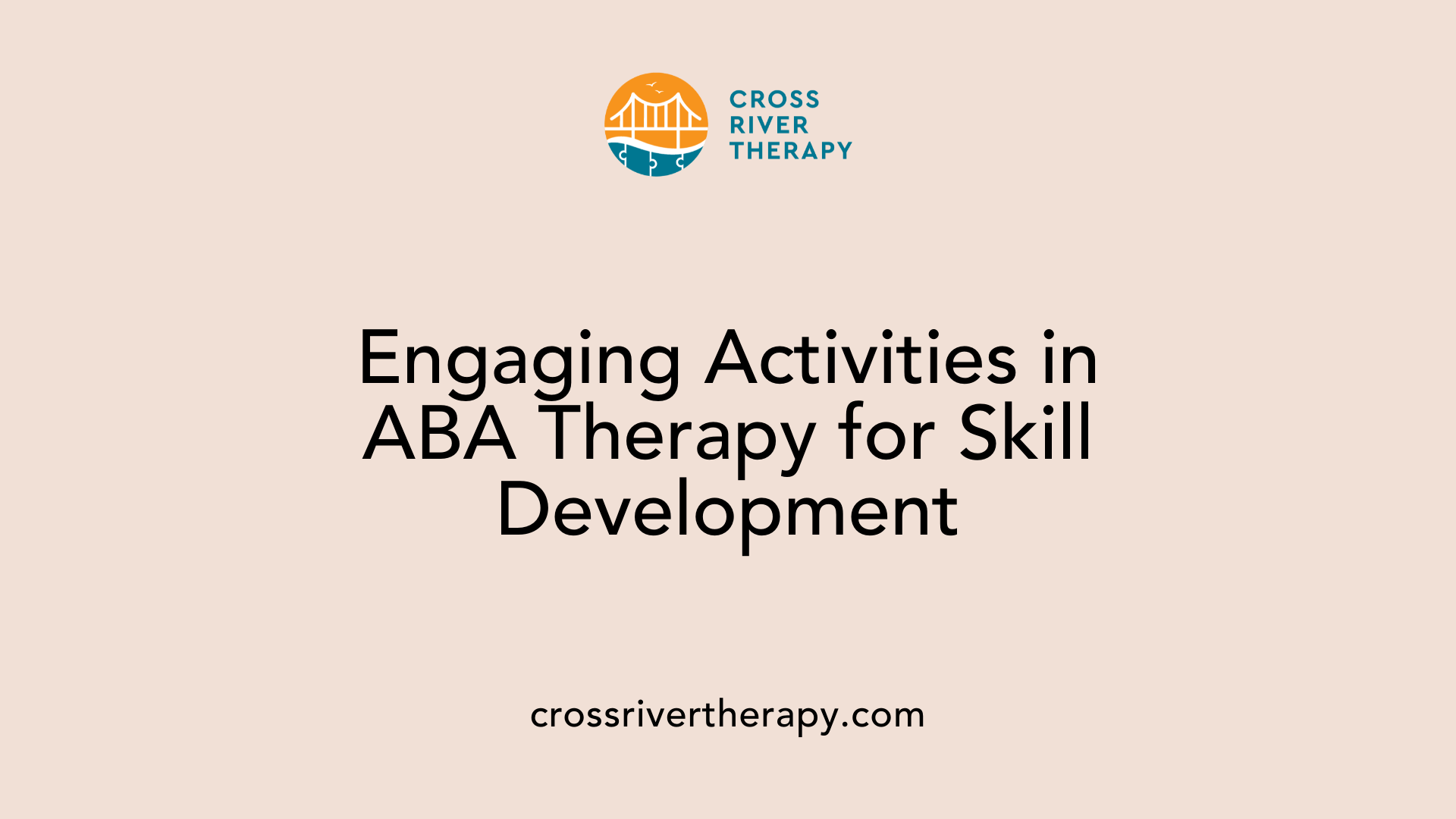
What activities are common during an ABA session?
ABA therapy sessions are dynamic and engage children through various activities designed to promote learning and development. Some common activities include structured playtimes and snack breaks, which help in developing functional and social skills in a naturalistic environment.
The incorporation of different learning techniques enhances the therapy experience. Discrete Trial Training (DTT) is often utilized, where skills are broken down into manageable parts, allowing for step-by-step learning. Conversely, Natural Environment Teaching (NET) is also employed, encouraging children to practice skills in everyday settings, which aids in generalization and application of learned behaviors.
Integration of learning techniques
These methods can be seen in specific activities aimed at improving essential skills. For instance, communication exercises may involve turn-taking games, while social skills training can include play-based interventions to teach making eye contact or sharing. Each activity is tailored to address individual strengths and preferences, ensuring personalization in learning.
Role of play in development
Play is a vital aspect of ABA sessions. It not only keeps children engaged but also serves as a platform for them to explore and practice new skills. Incorporating preferred toys or games helps establish rapport and makes the learning process enjoyable for children, thereby enhancing their motivation to participate.
Skills targeted during sessions
Overall, the skills focused on during ABA sessions can vary widely, including:
- Communication Skills: Enhancing verbal and nonverbal interaction.
- Social Skills: Building appropriate social behaviors and peer interactions.
- Self-Care Skills: Promoting independence in daily living activities.
- Academic Readiness: Preparing for success in classroom settings.
This personalized and engaging structure supports thorough learning, and the participation of parents in reinforcing strategies at home significantly boosts each child's progress.
ABA's Impact on School-Based Transition Services
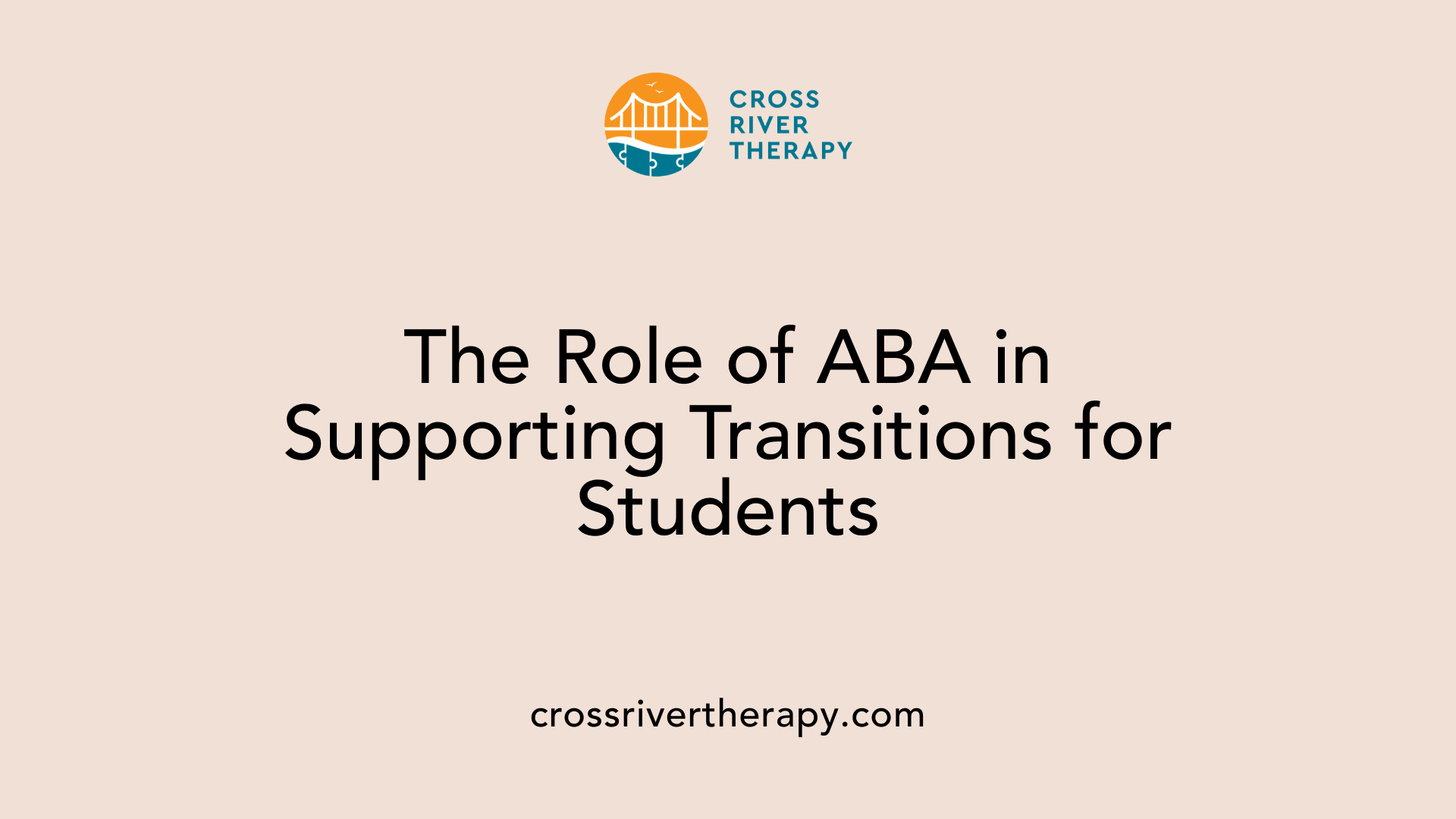
What role does ABA play in school-based transition services?
In school-based transition services, Applied Behavior Analysis (ABA) plays a vital role in tailoring interventions to meet the individual needs of students with autism and related disorders. By employing ABA principles, educators can structure learning experiences that enhance students' academic and social skills, promoting greater engagement and attention.
ABA therapy sessions include individualized support that helps students navigate classroom expectations and improve their communication abilities. Techniques such as Discrete Trial Training (DTT) and Natural Environment Teaching (NET) are utilized to break down complex skills into manageable components. Furthermore, collaboration between therapists and teachers ensures that strategies are consistently applied in various settings, reinforcing learning outcomes.
What are the barriers and financial challenges in therapy services?
Despite the effectiveness of ABA, financial obstacles often hinder access to these crucial services. Stagnant fee-for-service rates limit providers’ capacity to deliver high-quality, innovative care. Furthermore, inadequate reimbursement frequently stems from insufficient enforcement of mental health parity laws, creating unsustainable practices within the therapy industry.
Advocacy efforts are ongoing, with some providers working to improve reimbursement rates. Enhanced funding may facilitate broader implementation of effective ABA strategies, ultimately benefiting students with ASD as they transition through school and into adulthood.
| Area | Details | Impact |
|---|---|---|
| Role of ABA | Tailored interventions for students with ASD | Enhances academic and social skills promoting engagement |
| Financial Barriers | Stagnant rates and inadequate reimbursement | Limits access to high-quality services and sustainable practice |
| Advocacy Efforts | Improved reimbursement initiatives | Potential for broader implementation of ABA strategies in school transitions |
Controversies Surrounding ABA Therapy
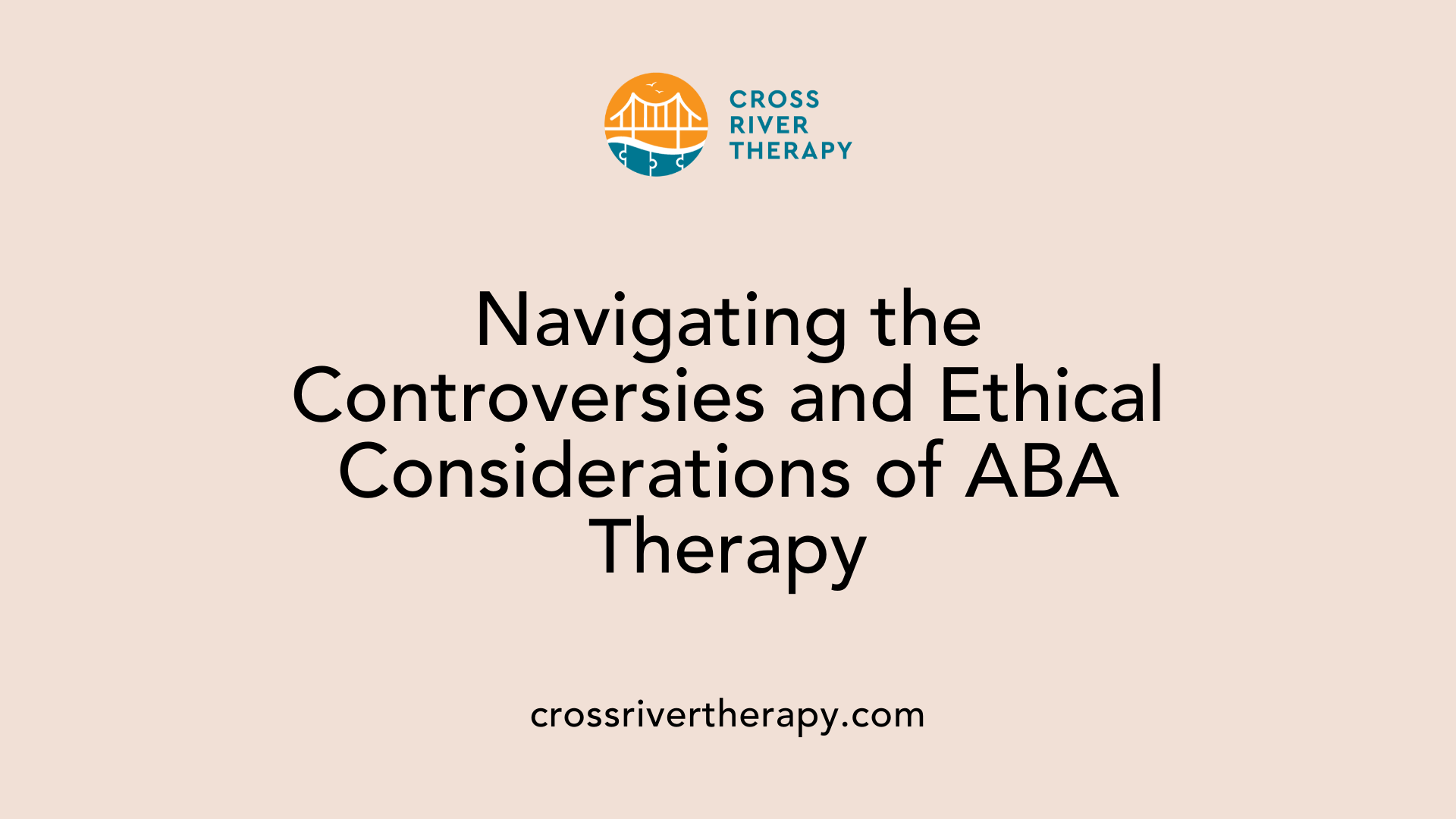
Is ABA therapy considered harmful?
ABA therapy has sparked considerable debate over its efficacy and safety, especially regarding how it addresses autistic behaviors. Critics argue that the method’s approach can frame certain behaviors as undesirable, potentially leading to emotional distress. This framing can result in negative self-perceptions and may exacerbate mental health issues, including PTSD symptoms.
Research has shown that there is a significant correlation between exposure to ABA practices and the development of PTSD among autistic individuals. Furthermore, concerns have been raised about the historical use of aversive techniques within the practice, which have often been harmful rather than beneficial. The application of these methods can reinforce the idea that autistic traits need to be corrected instead of accepted, further complicating the issue.
Despite some medical professionals pointing to benefits from appropriately implemented ABA therapy, these concerns call for a more ethical framework that prioritizes the dignity and well-being of individuals with autism. The debate emphasizes the necessity for individualized implementation, ensuring that the focus remains on creating a safe and supportive environment rather than merely seeking compliance with expected behavior norms.
Alternatives and ethical considerations
With the ongoing controversies surrounding ABA therapy, exploring alternatives becomes essential. Other therapeutic approaches emphasizing acceptance, like strengths-based practices, have gained traction. These alternatives often focus on enhancing communication skills, fostering social connections, and helping individuals embrace their unique perspectives.
As the conversation around treatment methods continues, it’s crucial to consider the ethical implications of any approach adopted. Autistic individuals deserve therapies that respect their autonomy and promote their long-term well-being. This necessitates ongoing evaluation and adjustment of methodologies that take into account both the effectiveness and the emotional impact of various therapeutic practices. It is vital to engage both communities of autistic individuals and practitioners in these discussions to develop more holistic and inclusive treatment strategies.
Preparing for a School-Based ABA Therapy Session
Navigating a school-based ABA therapy session can be a complex process, yet with the right understanding and preparation, it becomes a significant opportunity for growth in children with developmental needs. Each session, though structured, is highly personalized to meet the child's unique goals, ensuring progress in both academic and behavioral domains. Parents, educators, and therapists form a collaborative team working towards consistent improvement and skill development, ensuring that the experience is both meaningful and impactful for the child. As the therapeutic landscape evolves, continued dialogue and adjustment of practices are essential to make ABA therapy a safe and beneficial experience for all involved.
References
- What to Expect When Starting ABA Therapy for Your Child
- ABA Therapy in Schools: School-Based ABA Services
- What to expect in an ABA therapy session
- Applied Behavior Analysis (ABA) | Autism Speaks
- A Child's Typical Day in ABA Therapy: What to Expect
- What to Expect During Our ABA Therapy - Surpass Behavioral Health
- What to Expect on the First Day of ABA Therapy: Preparations and Tips
- What to Expect in Your First Applied Behavior Analysis (ABA ...
- A Day in the Life: What to Expect During an ABA Therapy Session ...



